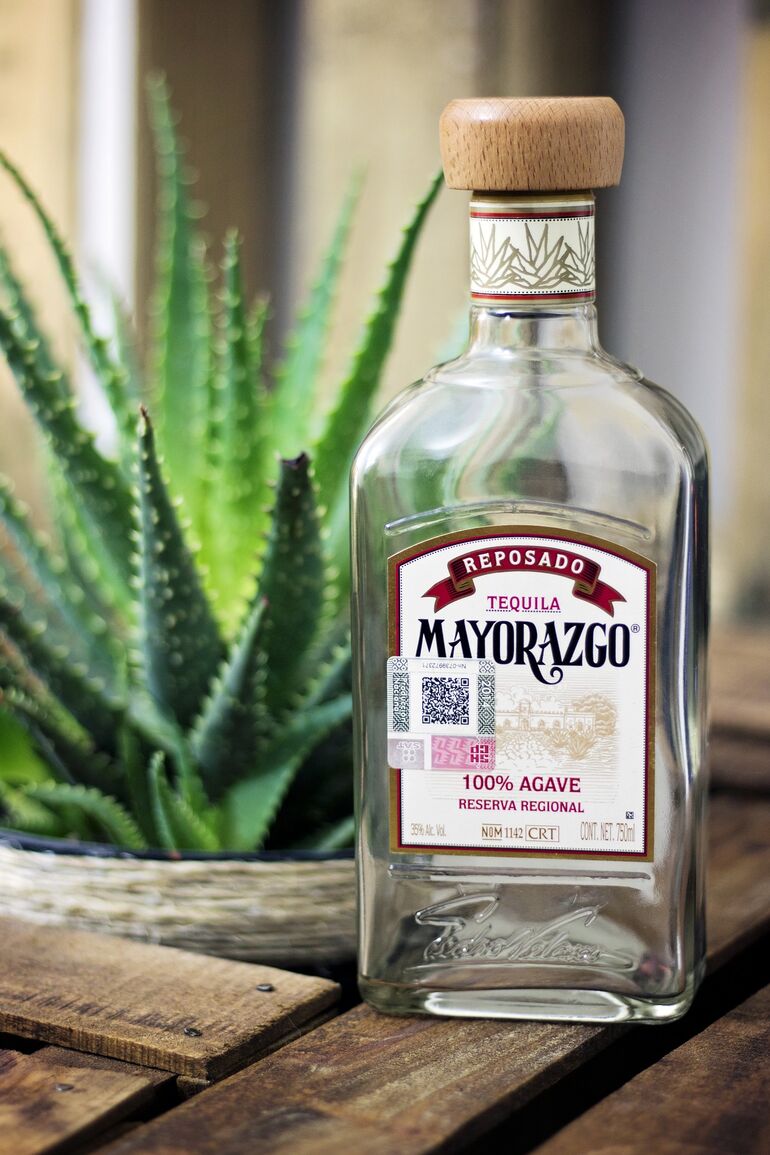Start 14-Day Trial Subscription
*No credit card required

A Brief History of Tequila for Student Bartenders
When one is pursuing a career in bartending or even just entertaining friends, understanding a brief history of tequila as well as other drinks is a crucial part of any bartender’s education.
Although you can ask essay writers to help you with particular tasks, it does not mean that you do not need to have some knowledge in the history of drinks or other subjects.
In this case, there is a scope of the history of tequila and some examples of the usage of this drink.
Origins of Tequila
The origins of tequila go back far enough that they’re a little murky, but the plant known as agave or maguey was being harvested as far back as the time of the Aztecs. Agave isn’t actually a cactus, botanically it is a member of the lily family, and it was used for food and for fiber. The sap from the heart of the maguey had long been fermented into an alcoholic beverage called pulque by the time the Conquistadors arrived. In fact, Cortez described pulque in his first letter back to King Carlos V.
The Conquistadors even tried to send pulque back to Spain, but it’s not likely that it would have been drinkable by the time it made it back, since it was fermented but not distilled. It was only a matter of a few decades before the Spaniards learned to distill the pulque into what is called mezcal (or mescal). Mezcal has several advantages over pulque – not only is it easier to preserve, but it’s twice as potent.
Tequila or Mezcal?
For most Americans, thoughts of mezcal include the mental image of a worm floating in the bottom of the tequila bottle. Yes and no. All tequila is mezcal, but not all mezcal is tequila. There are some differences in the production of tequila and mezcal – for tequila, the agave is usually baked in a steam oven or an autoclave, while the agave used in mezcal is traditionally baked in underground ovens fired with wood charcoal. The pulque is distilled once to make mezcal, while tequila is more often distilled two times. And the infamous worm? It’s actually the larva of one of two varieties of moth that lives on the agave plant and can only be placed in mezcal – never in tequila.
But the biggest difference between tequila and mezcal has to be the agave. Mezcal can be produced from any of eight species of agave. Tequila can only be produced from one variety of agave, the famed blue agave - Agave Tequiliana Weber. In addition, tequila can only be distilled in the state of Jalisco and a few surrounding areas.
To be labeled tequila, at least 51% of the fermented sugars came from the blue agave; the remainder may include cane or brown sugar. The tequilas containing a combination of sugars are labeled mixto, or mixed, and are considered the less-than-premium spirits. The Tequila Regulatory Council, which oversees tequila production, allows these tequilas to be exported in barrels and bottles abroad. Premium, top shelf tequilas, however, are produced from 100% blue agave. These tequilas are smoother and more flavorful and must be bottled within Mexico.
Tequila Classifications
There are also four classifications to keep in mind when you’re looking for a premium tequila. These classifications can be either mixto or 100% agave.
Silver or Blanco tequilas are clear, and have been aged little, if at all – no more than 60 days in stainless steel tanks. Gold tequila is simply an unaged silver tequila that has been colored and flavored with caramel.
Reposado, or rested, tequila has been aged in wooden tanks or casks for a minimum of two months, with higher quality brands being aged 3 to 9 months. These are the best-selling tequilas in Mexico.
Anejo, or old tequila, is aged in wooden barrels, usually old bourbon barrels, for a minimum of 12 months. The best quality anejos are aged 18 to 36 months for mixtos, or up to four years for 100% agaves.
Tequila Based Cocktails for Refreshing Drinks
It is an ideal base for cocktails such as Tequila Punch, Tequila Sunrise, Tequila Moonrise, Tequila Ridley and of course the most popular of all, tequila margaritas.
Tequila Punch
The smooth unique taste of tequila mixed with vintage champagne such as Dom Perignon makes a classic strong flavored cocktail.
- 1 and 1/4 ounces Tequila
- 1/4 ounce D.O.M. or any good preferably vintage champagne
- 2 ounces orange juice
- 2 ounces pineapple juice
- 1/4 ounce grenadine syrup
- 1/4 ounce lemon juice
Stir all the ingredients in a long glass with ice cubes. Top up with Seven Up or any white lemonade. Garnish with orange wedge, lemon slice and maraschino cherry.
Tequila Sunrise
One of the most popular of the Tequila cocktails, the original of this drink was made with Tequila, Crème de cassis, soda water and lime juice. For a stronger, more distinctive flavor, this version contains both Cointreau and Campari.
- 1 ounce Tequila
- 1/4 ounce Cointreau
- 1/4 ounce Campari
- 1/2 teaspoonful lemon juice
- 2 ounces of orange juice
- 1/2 ounce pineapple juice
- 1/2 ounce grenadine syrup
Half fill a cocktail shaker with broken ice. Add all the ingredients. Shake well and strain into a chilled brandy glass. Decorate with pineapple slice, lemon wedge and an orchid if available.
Tequila Moonrise
Once Tequila Sunrise became popular, it was inevitable that an evening version would be developed. The addition of beer gives this Tequila based cocktail its distinctive flavor.
- 3 measures of Tequila
- 1 measure of light rum
- 1 measure of dark rum
- 2 measures of beer
- 1/2 measure of lime juice
- 1/2 measure of lemon juice
- 1 teaspoon of castor sugar
Half fill the cocktail shaker with ice cubes. Pour in the Tequila, light rum, dark rum, lime juice, lemon juice and sugar. Shake well. Strain into a tall glass half filled with ice cubes and top up with the beer.
Tequila Ridley
Reputedly invented at Duke’s Hotel London in the 1950s this cocktail has Galliano added to give a smooth aniseed flavor.
- 1 measure of Tequila
- 1 measure of gin
- 1 teaspoon of Galliano
- 1 orange slice
- 1 maraschino cherry
Pour the gin and Tequila into a cocktail shaker half filled with ice cubes. Shake well and strain into a champagne glass filled with crushed ice. Sprinkle the teaspoon of Galliano over the drink and garnish with the orange slice and cherry.
Pink Margarita
Margarita is the most common type of Tequila based cocktail and comes in a variety of colors and flavors. The basic ingredients that give it its unique taste and popularity are Tequila, an orange flavored liqueur and salt. This pink margarita uses Cointreau as the orange liqueur and lemon syrup to add zest.
- 1 ounce Tequila
- 1/2 ounce Cointreau
- 1/2 ounce grenadine
- 1 1/2 ounces of lemon syrup
Pour all ingredients into a cocktail shaker half filled with ice cubes. Shake well and strain into a salted rim champagne glass. Garnish with a slice of lime. The lemon syrup should be prepared by boiling one cup of sugar, one cup of water and a grated lemon rind with the juice from two lemons.
Because of its versatility, tequila is a very popular cocktail base. Unlike gin-based cocktails, which have a sharp distinctive taste, tequila blends with the other ingredients to allow a more balanced, smoother drink and is used a lot to create some of the more exotic cocktails.



